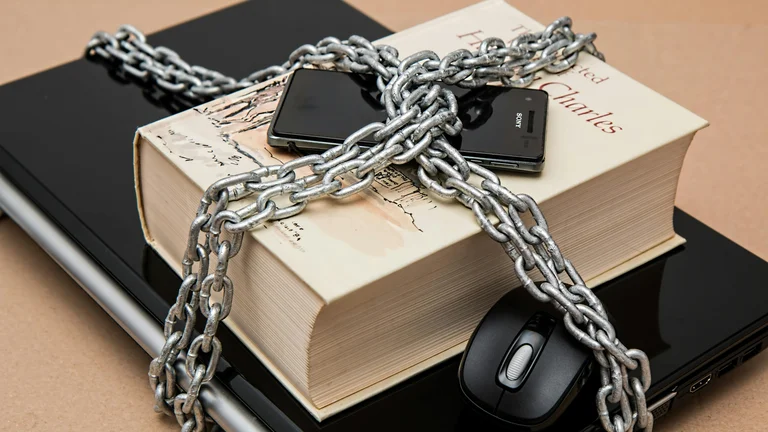Understanding Identity Theft

Identity theft occurs when someone uses your personal information without permission, typically for financial gain. This can include stealing your credit card information, social security number, or bank account details. Understanding how identity theft happens can help you take preventative measures.
Common methods include phishing emails, hacking, and physical theft of documents. Many thieves use technology to access sensitive information. Awareness of these tactics makes it easier to spot potential threats. Always be vigilant with personal data.
Keep Personal Information Secure
Securing personal information is essential. This means both digital and physical security. For digital security, use strong passwords and change them regularly. A password manager can help manage passwords without difficulty.
Enable two-factor authentication whenever possible. This adds another layer of protection as it requires a second form of verification beyond just a password. For physical documents, consider using a locking file cabinet to protect sensitive papers such as tax returns and bank statements. Shred any documents that contain personal information before disposal.
Monitor Your Financial Statements
Regularly reviewing financial statements can catch unauthorized transactions early. Check bank accounts, credit card bills, and investment accounts for any unusual activity. Many banks now offer alerts when transactions occur, which can also help in monitoring finances.
Consider using a credit monitoring service that tracks your credit report for changes. Many services will notify you if new credit accounts are opened in your name. This can alert you to potential identity theft before it escalates.
Be Wary of Public Wi-Fi
Using public Wi-Fi can expose personal information. Many identity theft cases occur when individuals access sensitive data over unsecured networks. Avoid accessing bank accounts or providing personal details when connected to public Wi-Fi.
If you need to use public Wi-Fi, consider using a Virtual Private Network (VPN). A VPN encrypts your connection, making it harder for thieves to intercept data. Always make sure your device has updated security software to protect against malware.
Educate Yourself on Scams
Staying informed about common scams can help prevent identity theft. Scammers often use tactics such as impersonating legitimate organizations to get personal information. Be cautious when receiving unsolicited emails or phone calls asking for your information.
Learn to recognize red flags, such as urgent requests for information or offers that seem too good to be true. Report any suspicious activity to the appropriate authorities, which helps safeguard not just yourself but the broader community as well.
| Identity Theft Prevention Strategies | Description |
|---|---|
| Strong Passwords | Use unique, complex passwords for all accounts. |
| Two-Factor Authentication | Add an extra verification step to your accounts. |
| Monitor Financial Statements | Regularly review transactions for unauthorized activity. |
| Secure Physical Documents | Shred sensitive documents before discarding them. |
| Avoid Public Wi-Fi | Use secure networks or a VPN when accessing sensitive information. |
FAQ - How to protect yourself from identity theft
What is identity theft?
Identity theft is the unauthorized use of your personal information to commit fraud or other crimes.
How can I secure my personal information online?
Use strong, unique passwords, enable two-factor authentication, and be cautious when sharing personal details.
What should I do if I suspect identity theft?
Immediately contact your banks, freeze your credit report, and file a report with the authorities.
How often should I check my financial statements?
It's advisable to check your financial statements regularly, at least monthly, for any unauthorized transactions.
Is it safe to use public Wi-Fi for online banking?
Avoid using public Wi-Fi for sensitive transactions; consider using a VPN if necessary.
To protect yourself from identity theft, secure personal information by using strong passwords, monitoring financial statements regularly, avoiding public Wi-Fi for sensitive transactions, and staying informed about common scams. Implementing these strategies can significantly reduce your risk of identity theft.
Protecting yourself from identity theft requires awareness and preventive measures. By securing your personal information and being vigilant about potential threats, you can significantly reduce the risk of becoming a victim.